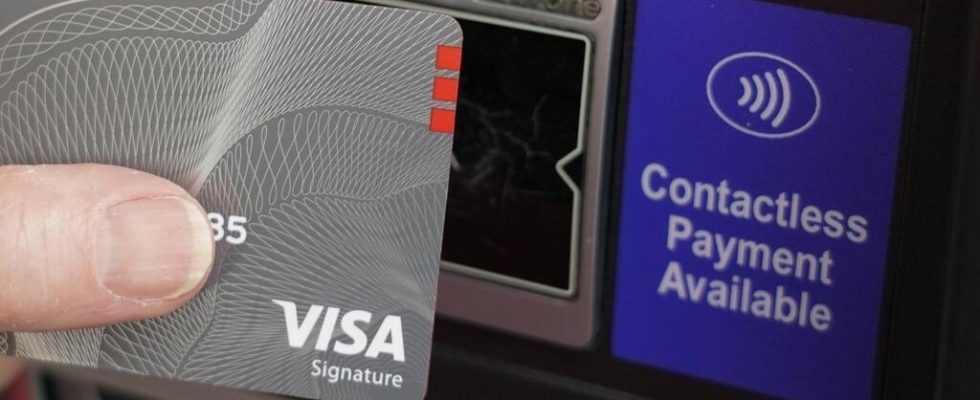50 years ago, on March 25, 1974, a French inventor named Roland Moreno filed the first patent for an “electronic memory” for banking use. This device, composed of ultra-flat microcircuits integrated into a plastic support, guaranteed secure exchanges on merchant terminals or withdrawals from ATMs. The smart card, which for 50 years has offered many uses other than payment services, is undeniably one of the greatest successes of global high-tech and the digital economy.
1 min
Bank cards, health insurance cards, SIM cards for mobile phones, identification chips in passports and identity cards, or even “passes” in public transport… The smart card , created by Roland Moreno in 1974has led to a multitude of high-tech objects around the world.
Its inventor, who died in 2012, was a self-taught electronics genius, best known at the time for eccentric inventions, such as a device for bouncing matches. Following a conversation with a banker challenging him to create a portable and miniaturized electronic payment device, Roland Moreno offered him an extra-flat chip integrated into the plastic support of a bank card.
We had to wait until 1985 for the smart card to finally take off in France and then, around 10 years later, for it to be adopted throughout the world. In the space of 50 years, hundreds of billions of smart cards have been distributed. If today they integrate contactless, their evolution towards total dematerialization seems inevitable, for the benefit of mobiles or in the form of QR codes and encrypted software on the internet.
Read alsoThe epic tale of the smart card, the last great French invention of the 20th century
